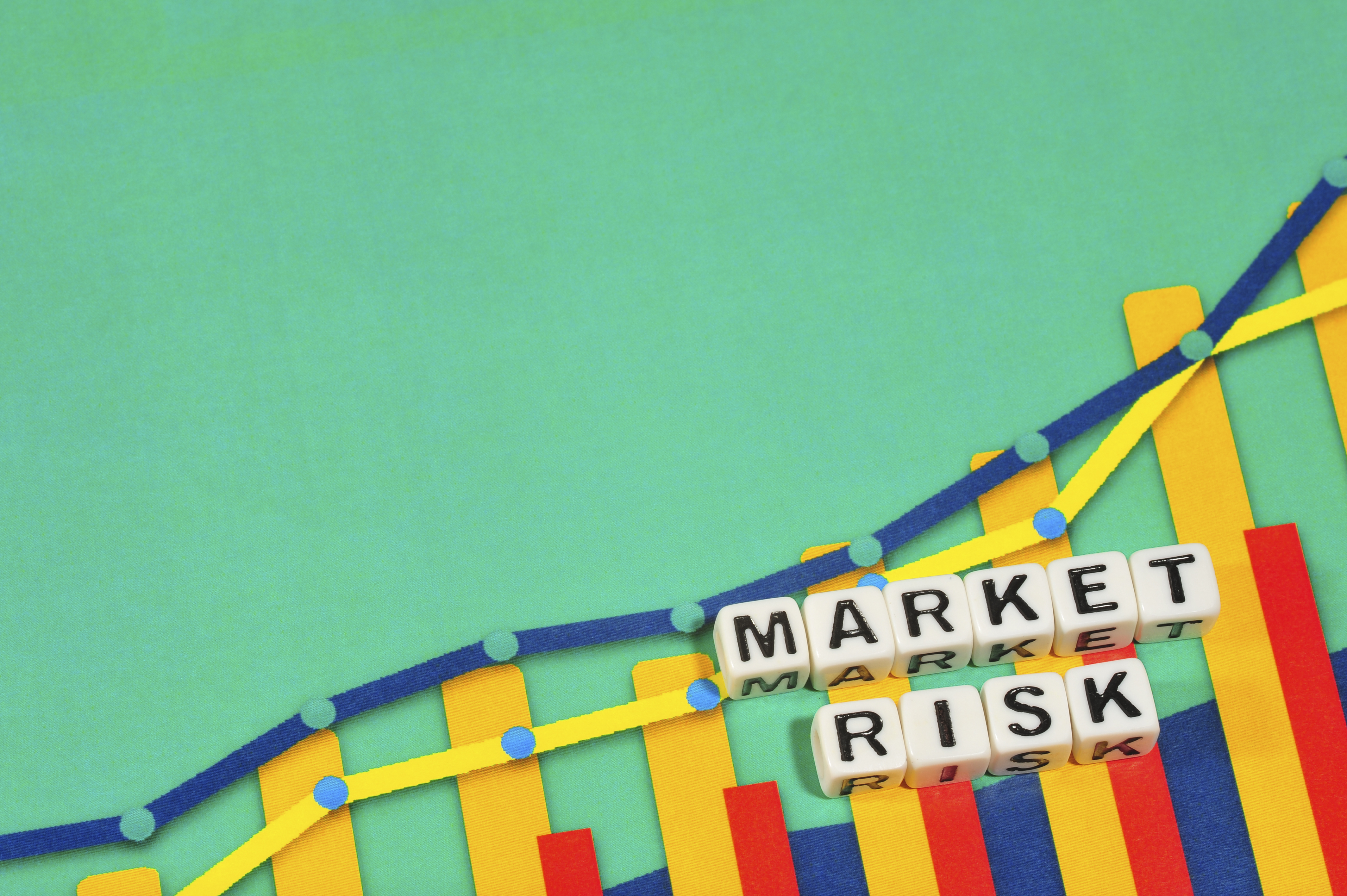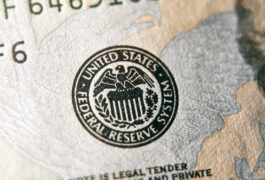The price of gold has experienced a significant surge since the beginning of the year, reaching levels reminiscent of the Covid-19 pandemic. As countries like South Africa face the prospect of recession, various stakeholders, including investors, retailers, and central banks, have increasingly turned to gold as a means of safeguarding against economic turmoil.
Consequently, the price of gold has skyrocketed in recent months. Market Strategist Joseph Cavatoni from the World Gold Council recently shared with Business Day TV that rising inflation, geopolitical tensions, and market uncertainty have all played a role in driving central banks and investors towards gold.
In August 2020, during the height of the pandemic, the price of gold reached its highest point in decades, reflecting the prevailing uncertainty and turmoil of the time. Although the price experienced a slight decrease following this spike, it has remained relatively stable and consistently higher than pre-pandemic levels. However, towards the end of 2022, the price of gold began climbing and has continued to do so throughout 2023. It has consistently stayed above $1,800 per ounce since the start of the year and has surpassed $1,900 per ounce since mid-March 2023. Currently, gold is trading at approximately $2,000 per ounce.
Cavatoni attributes the rise in the price of gold to several factors. One such factor is the ongoing concern surrounding the management of inflation, which positions gold as a reliable hedge against inflation. Additionally, central banks have been increasing their holdings of this safe haven asset. In 2022, particularly in the second half of the year, central banks doubled their gold purchases compared to the previous decade’s rate of acquisition.
This trend has continued into the first quarter of 2023, with Cavatoni estimating that central banks, primarily from China, Singapore, and Turkey, have purchased around 228 tons of gold during this period. According to Cavatoni, central banks are motivated by the diversification benefits of gold and their own concerns regarding inflation.
Many central banks across the globe, including the South African Reserve Bank, have been implementing interest rate hikes for months to manage inflation. However, this has had the side effect of dampening economic growth and fueling fears of an impending recession. Cavatoni believes that during these periods of economic uncertainty, gold truly shines as a safe haven asset. Historical data supports this notion, with gold consistently performing well during five out of seven recessions.
Geopolitical tensions also play a role in influencing the price of gold, especially when coupled with market uncertainty. The ongoing Russia-Ukraine conflict continues to create unease in the European market, although its impact has somewhat diminished since the conflict’s first anniversary. Additionally, the banking crisis experienced by Europe and the United States in the first quarter of 2023 has further contributed to market uncertainty and driven up the demand for gold, consequently increasing its price.




